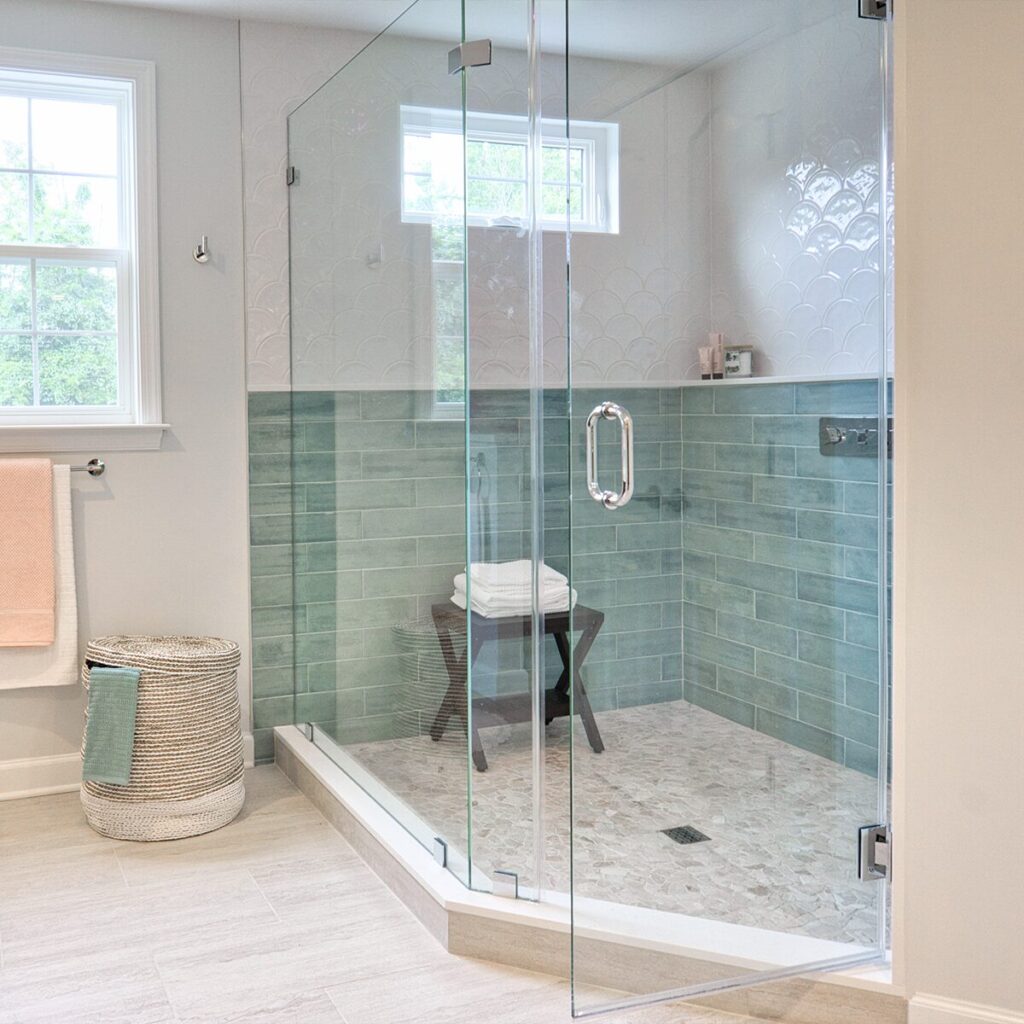Shower Screens & Doors
In some situations, the off the shelf shower screens just won’t fit your spaces so we can provide the bespoke glass panels with all of the fittings such as hinges, handles, knobs, seals, channels and tie bars. We can manufacture toughened glass in clear or obscure to suit your requirements in any shape or size. Whether you are looking for a wet room screen, shower screen, bath screen, shower door or even the full enclosure we can assist you.
Recommendations
It is usually recommended that you use 8mm or 10mm toughened glass. This glass will be connected to the walls or each other using channels, hinges or bracket of which we can supply. If fixing to walls they should be solid or if stud walls extra studs will be required. We can offer an invisible shield (Ritec Coating) as anti-limescale treatment for the screens upon request. Fixed Panels usually sit inside channels but you can use brackets if preferred. In certain situations we also recommend using a tie bar for extra stability. Doors are usually hinged with 2 hinges but we recommend 3 when over 2 metres tall. Do not stand the glass on a hard surface like concrete – it will shatter! All fittings should be protected from the glass edges using supplied isolators.






